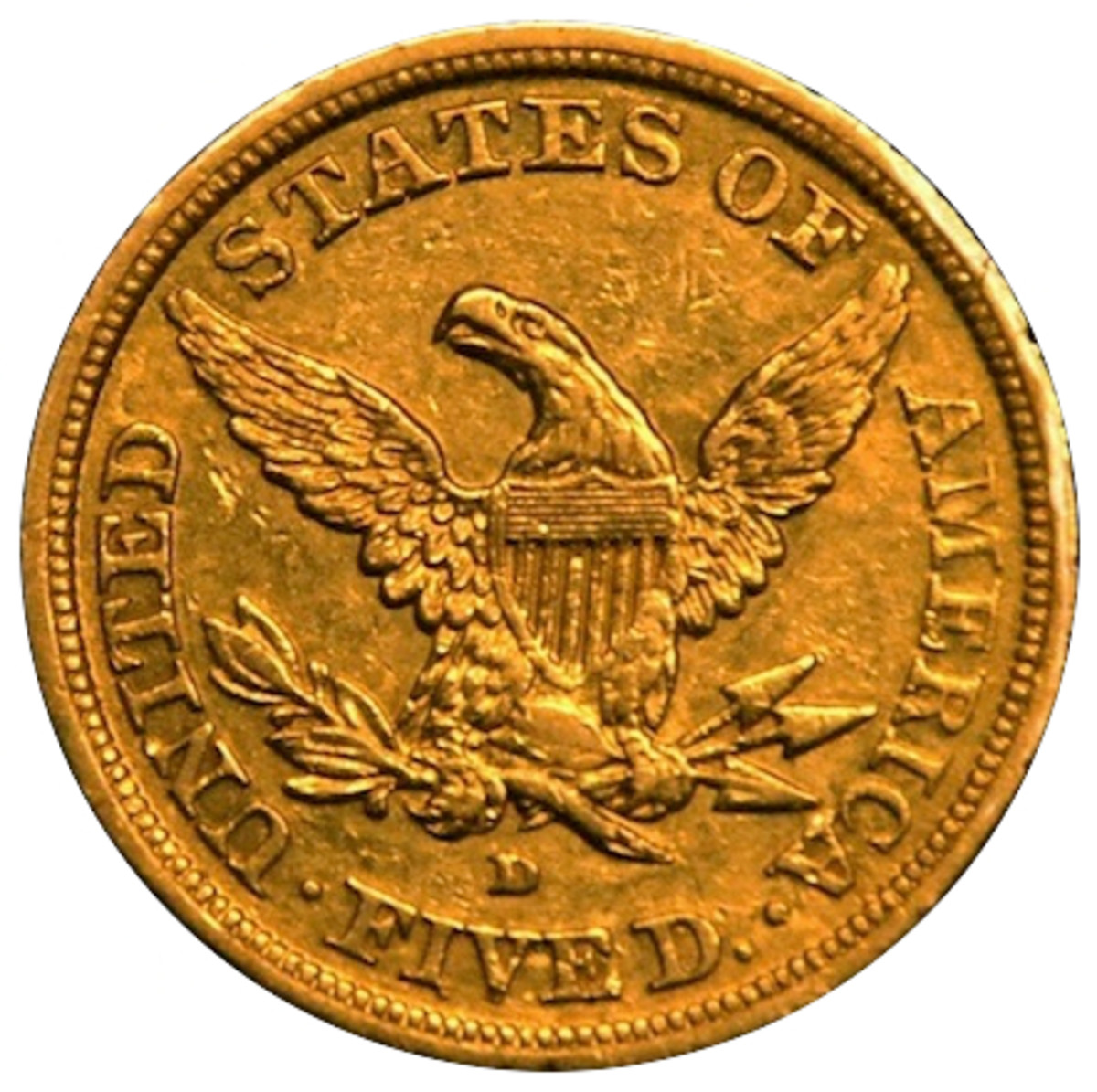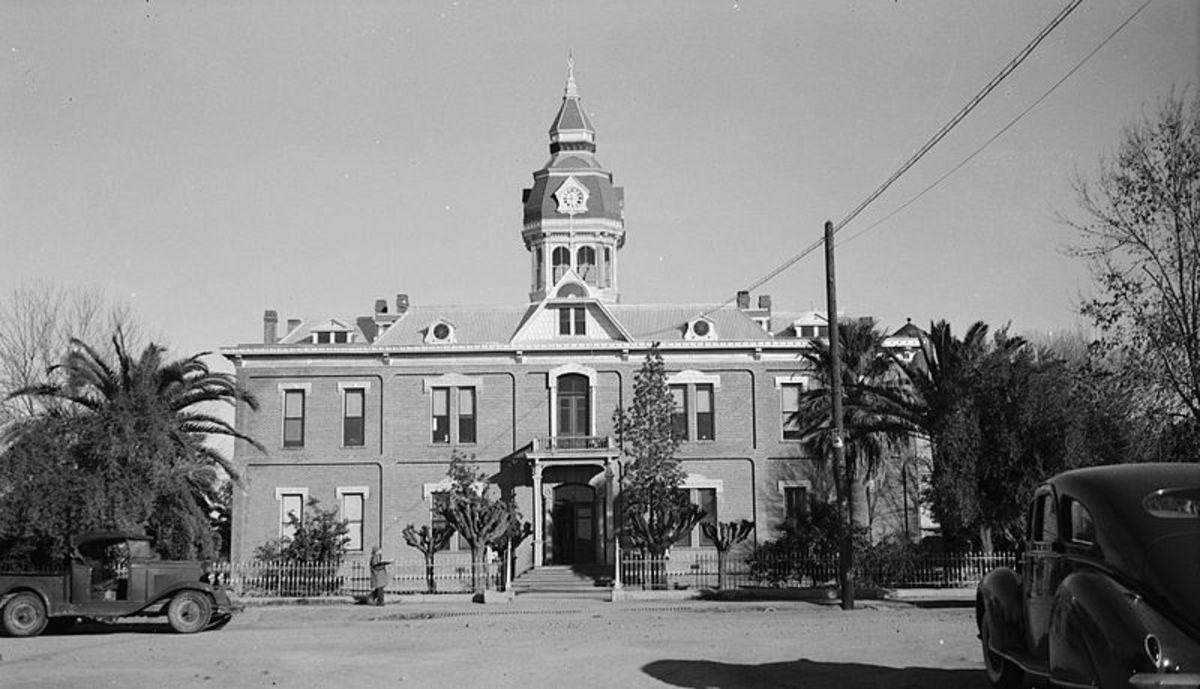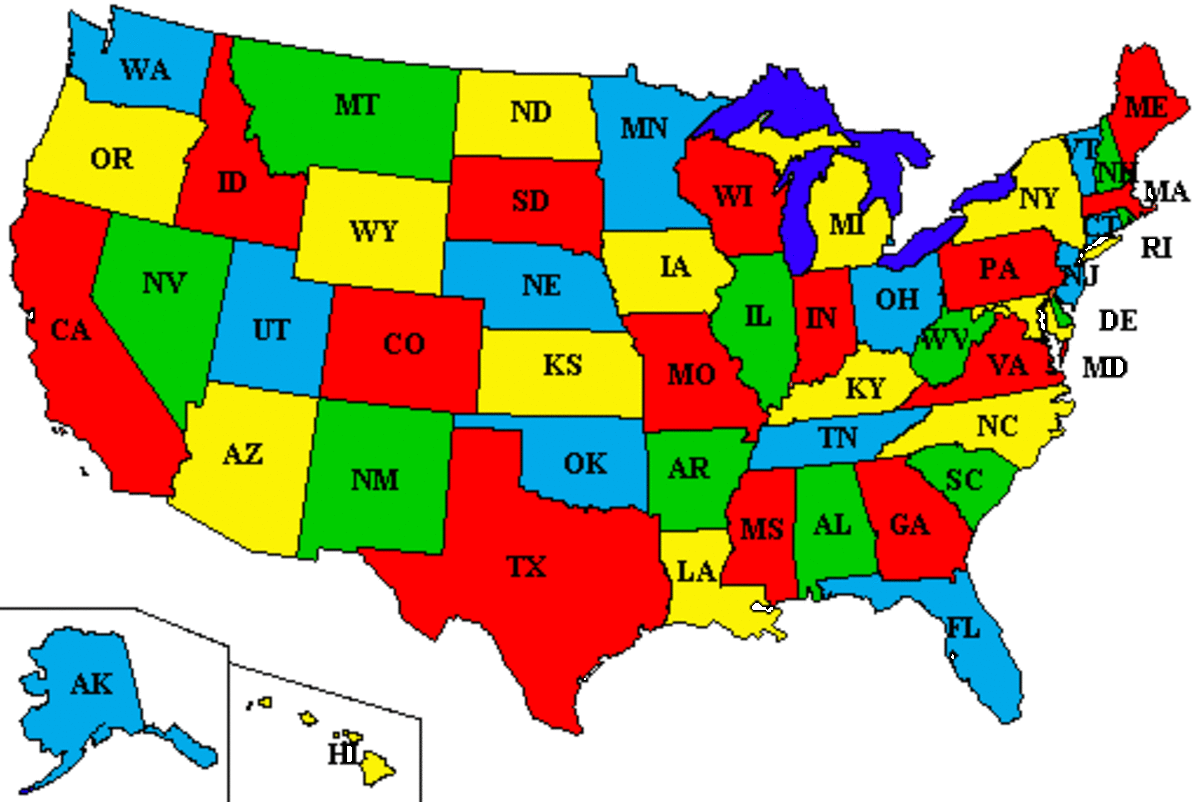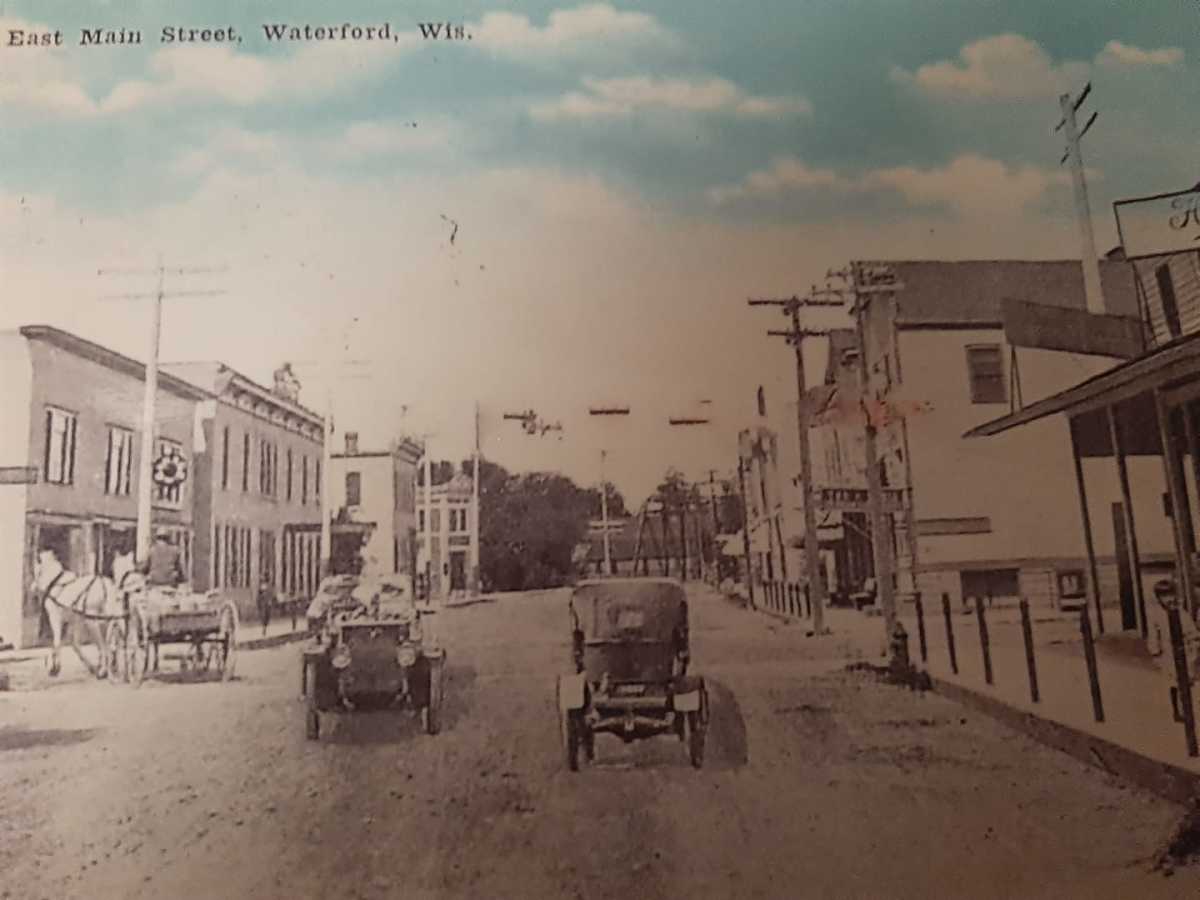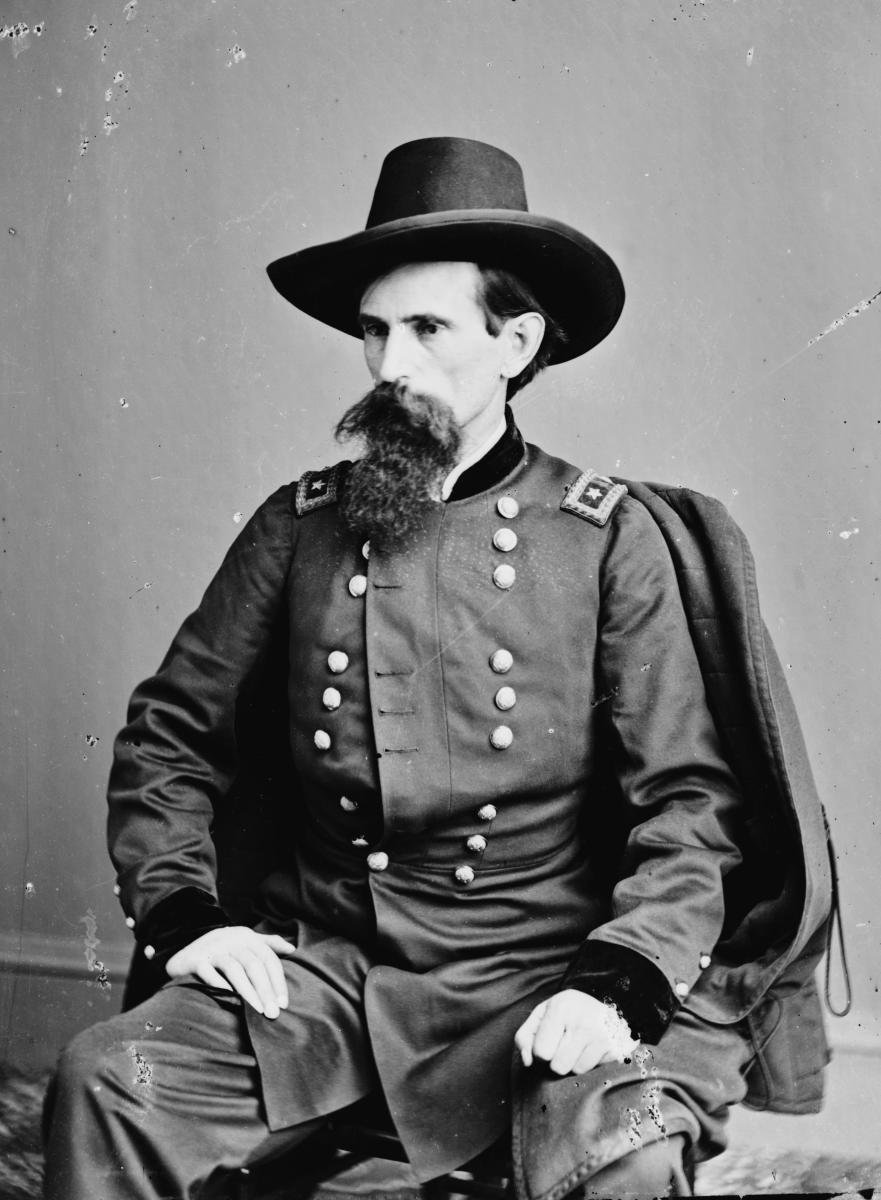- HubPages»
- Education and Science»
- History & Archaeology»
- History of the Americas
How Brooklyn Got Its Name
Have you ever wondered as you walked along a certain street, why it was named that way? Have you ever wondered why a city, town or neighborhood was named the way it was? Well, if you look at its history you will be able to find the answer to this interesting question...
Having lived in Brooklyn for many years and having grown up there I was always curious to know how Brooklyn got its name. In order for us to understand in greater depth how the borough of Brooklyn got its name we need to look at its long history, which goes way back to the period of the 1600s.
Let's travel back in time...
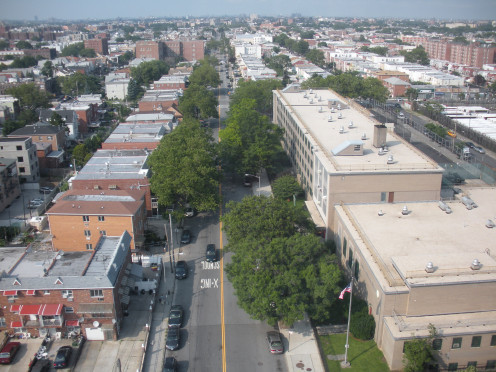
It was May of 1623. A great ship named New Netherland with thirty Dutch families aboard made its way to the New World. After traveling through the wondrous seas for two months the ship and its passengers had finally neared their desired destination, the island of Manhattan.
A man named Cornelis Jacobsen May, who explored Long Island, was the one who actually brought those Holland natives to that new, unknown place yet to be explored. Cornelis encouraged the new settlers to spread out over a large distance. This way as much area as possible would be occupied.
Eleven years later, as more area was being explored, the Dutch began discovering new land. That’s when they founded Midwout. It was also know as Middle Woods. That was the time that Brooklyn first began to establish.
Some time passed and Midwout was changed to Flatbush. Today it lies in the center of Brooklyn. “In 1652 the hamlet had received a patent of township from Stuyvesant, and two years afterward the original Flatbush Reformation Protestant Church was erected at Flatbush and Church Avenues under the governor’s direction” (Ellis 53).
The residents of this township greatly feared the Native Americans. Therefore, that region needed protection. Stuyvesant himself raised stockade all around the area. It served as a blockade and reduced the worry and fear of its residents.
Much progress was made and still the Dutch continued to search the large territory. In 1636, another nine hundred thirty acres of land was acquired from Chief Mohawk. That purchased piece of land included the area known today as Red Hook. That piece of land was named Gouwane. Today, it is the southeastern part of Brooklyn and is called Gowanus. The Dutch gave it this name for several reasons. It was believed that the soil somehow described the color of its territory. Ripe cranberries covered the area. That was another reason for the originality of the name.
An extra three hundred thirty five acres of new land were purchased near the East River inlet in 1637. It was later known as the Brooklyn Navy Yard. The Dutch decided to call it Walloon Bay. A year later the Dutch Company bought a piece of land located east of the bay, and named it Bushwick. The Greenpoint section of Brooklyn was part of the original purchase of the territory.
“South of Flatbush another place, called Gravesend, was established in 1643 by Lady Deborah Moody, a cultured and tough-fibered Englishwoman” (Ellis 53). Before buying the property from the Canarsie Indians she had to ask the consent of the Dutch since she was one of the few English people in Brooklyn. They gave her the permission to purchase the land In turn for the property she gave them some goods. The Indians received one blanket, one kettle, some Wampum, and three guns, along with three pounds of powder. This colony included Coney Island, which the Indians called Narrioch.
Gowanus and Wallabout Bay became part of the village of Breuckelen, which existed four years earlier. It was also know as Broken Land. A territory in Holland with a similar topography had the same name. This village was located at the present intersection of Fulton and Smith Streets.
The village of Breuckelen required order, so on November 26th 1646, it was granted a municipal form of government. After the establishment of the government, which occurred, four years earlier than New Amsterdam (known today as New York City), the name of the village was changed to three different names before it finally became Brooklyn. Breuckelen was changed to Brockeland, followed by Brocklin and Brookline, and finally it became known as Brooklyn. The name has not been changed since then.
The English were claiming some Dutch possessions of Long Island when 1652 came around. Cornelis Werckhoven went there to inspect the land (what is now west Brooklyn). After his complete inspection he decided to establish a colony. He went back to Holland to recruit settlers. When he returned to Long Island he bought property from the Indians. It was located between Bay Ridge and Gravesend. To pay for this property he gave them some useful possessions. These possessions included shirts, shoes, stockings, knives, combs, and scissors. Then he constructed a house and a mill. In 1657, he decided to name the town New Utrecht, for his native city in Holland.
For a period of about thirty years, new land was being discovered and new lives were being created there. So much was accomplished over this period of time. The Dutch made it all happen. They are the history of Brooklyn. They formed the unity of all these territories that were at one time unknown, and unsettled into a huge borough that now contains a very large diverse population. It would never have been possible if they had not sailed for Manhattan in 1632.
Brooklyn really means Broken Land. How Brooklyn got its name is simple. Many different territories that were separated at one time had come together to create a new, gigantic borough, which can be thought of as a large, separate city.
Citations...
The citations in this hub refer to the following book:
Ellis, Robb Edward. The Epic of New York City. New York: Coward-McCann, Inc., 1996.
Have you ever visited Brooklyn (NYC)?
© 2013 Lena Kovadlo

